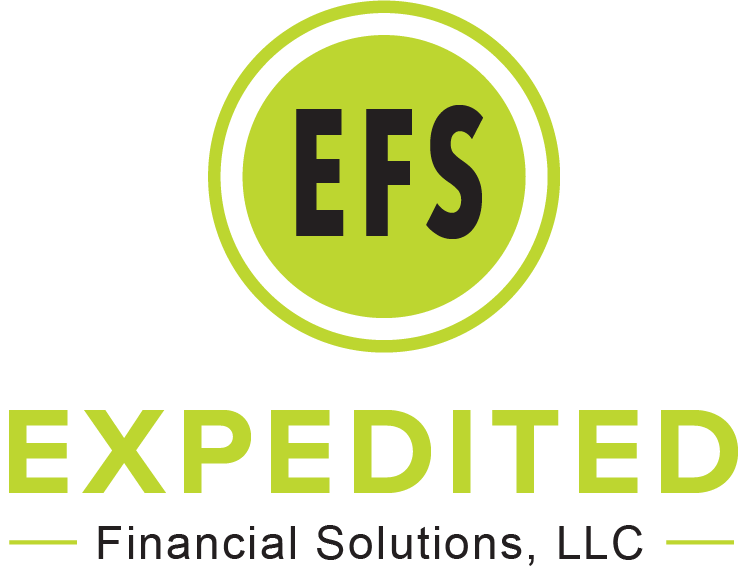Mastering Your Business Finances by Comparing Purchase Order Financing and Accounts Receivable Factoring
Navigating the landscape of business financing options can be a daunting task for any small business owner, finance manager, or entrepreneur. But understanding these options is crucial to maintaining healthy cash flow and fostering growth within your organization. In this comprehensive guide, we’ll explore the key differences between purchase order financing and accounts receivable factoring, helping you make informed decisions to fuel your business’s success.
The Rise of Alternative Financing Options
Traditional bank loans aren’t always the best solution for businesses, especially those that need quick access to capital. This has led to the rise of alternative financing options like purchase order (PO) financing and accounts receivable (AR) factoring. These methods offer faster approval and funding times, making them attractive options for businesses looking to improve cash flow without the red tape of conventional loans.
What is Purchase Order Financing?
Purchase order financing is a short-term funding option that provides businesses with the necessary capital to pay suppliers for large orders. Essentially, a purchase order financing company advances you the funds required to fulfill customer orders, which you repay once the customer pays their invoice. This method is particularly useful for businesses that receive large purchase orders but lack the cash flow to fulfill them.
What is Accounts Receivable Factoring?
Accounts receivable factoring, on the other hand, involves selling your unpaid invoices to a factoring company at a discount. The factoring company advances you a percentage of the invoice value upfront and collects payment from your customers. This provides immediate cash flow without taking on new debt, making it a valuable tool for maintaining healthy liquidity.
Improved Cash Flow
Both PO financing and AR factoring are designed to improve your business’s cash flow, but they do so at different stages of the sales process. With PO financing, you receive funds to pay your suppliers once you have a purchase order in hand. With factoring, you receive funds once you invoice your customers.
Since the money from PO financing is out longer and isn’t backed by a receivable yet, it tends to be more expensive than factoring. However, for very large purchase orders, traditional AR factoring may not provide enough cash flow to pay your suppliers, making PO financing a necessary option.
Debt vs No Debt
One significant difference between PO financing and AR factoring is whether or not you’re taking on new debt. With AR factoring, you’re not taking on new debt; you’re simply selling your receivables at a discount for immediate cash flow. PO financing, however, involves taking on a loan based on a purchase order, which gets paid off once your customer pays for the resulting receivable. This loan uses the purchase order and resulting receivable as collateral, meaning you are indeed taking on new debt.
Credit Limits
Both PO financing and AR factoring offer more flexibility compared to traditional loans, but they differ in their credit limits. AR factoring doesn’t have a strict credit limit; the advance you receive grows as your receivables grow. This is because factoring is based on your customers’ ability to pay, not your own. PO financing, however, is typically looked at on a case-by-case basis and the amount is limited to a certain percentage of the purchase order’s value.
Credit Insurance
Credit insurance is another area where these two financing options differ. If your factoring company offers non-recourse factoring, you receive credit insurance when you factor an invoice. This means that if your customer doesn’t pay, the factoring company absorbs the loss. With PO financing, there is no receivable yet, so you don’t receive credit insurance. However, if your customer isn’t creditworthy, their purchase order may not qualify for PO financing.
Accounts Receivable Outsourcing
Factoring an invoice does more than just provide an advance and credit insurance; it also outsources your accounts receivable management. The factoring company handles credit checking and collections, saving you time and potential costs associated with these tasks. PO financing companies may perform credit checks on your customer, but they do not manage your accounts receivable for you. You remain responsible for sending out account statements and making collection calls.
Should I Use Purchase Order Financing or Accounts Receivable Factoring?
The decision to use PO financing or AR factoring depends on your business needs. For most small to medium-sized businesses, AR factoring is more cost-effective and provides additional services like credit insurance and accounts receivable outsourcing. However, when you need to pay suppliers to fulfill a large purchase order, PO financing may be necessary.
At Expedited Financial Solutions, we recommend using AR factoring to maintain healthy cash flow and reduce costs. The cash flow from factoring might provide enough funds to avoid needing PO financing. However, if needed, we offer our factoring clients the ability to obtain PO financing. This dual approach ensures you get the most cost-effective and efficient financing solutions.
While there are companies that only provide PO financing, they can take weeks to months to fund you and often work exclusively with foreign suppliers and finished products. Their interest rates are usually higher than what a factoring company might offer. By factoring your invoices and getting PO financing from the same provider, you’ll likely get a better rate and quicker response.
Building a Financial Partnership
Another benefit of working with a factoring company is developing a healthy working relationship with a financial partner. Regularly factoring invoices helps build trust and opens the door for additional services as your needs evolve. In contrast, securing PO financing is often a one-time deal without the opportunity for an ongoing relationship.
Conclusion
Both purchase order financing and accounts receivable factoring offer unique benefits for improving cash flow and managing business finances. Understanding these options and how they can work together helps you make informed decisions that support your business’s growth and sustainability.
If you’re interested in exploring how AR factoring and PO financing can work together to help your business, give Expedited Financial Solutions a call at 1-855-EFS-LOAN. We are a family-owned and operated business with over 30 years of experience in offering factoring and PO financing. Speak with one of our principals today and discover how we can help your business thrive.




